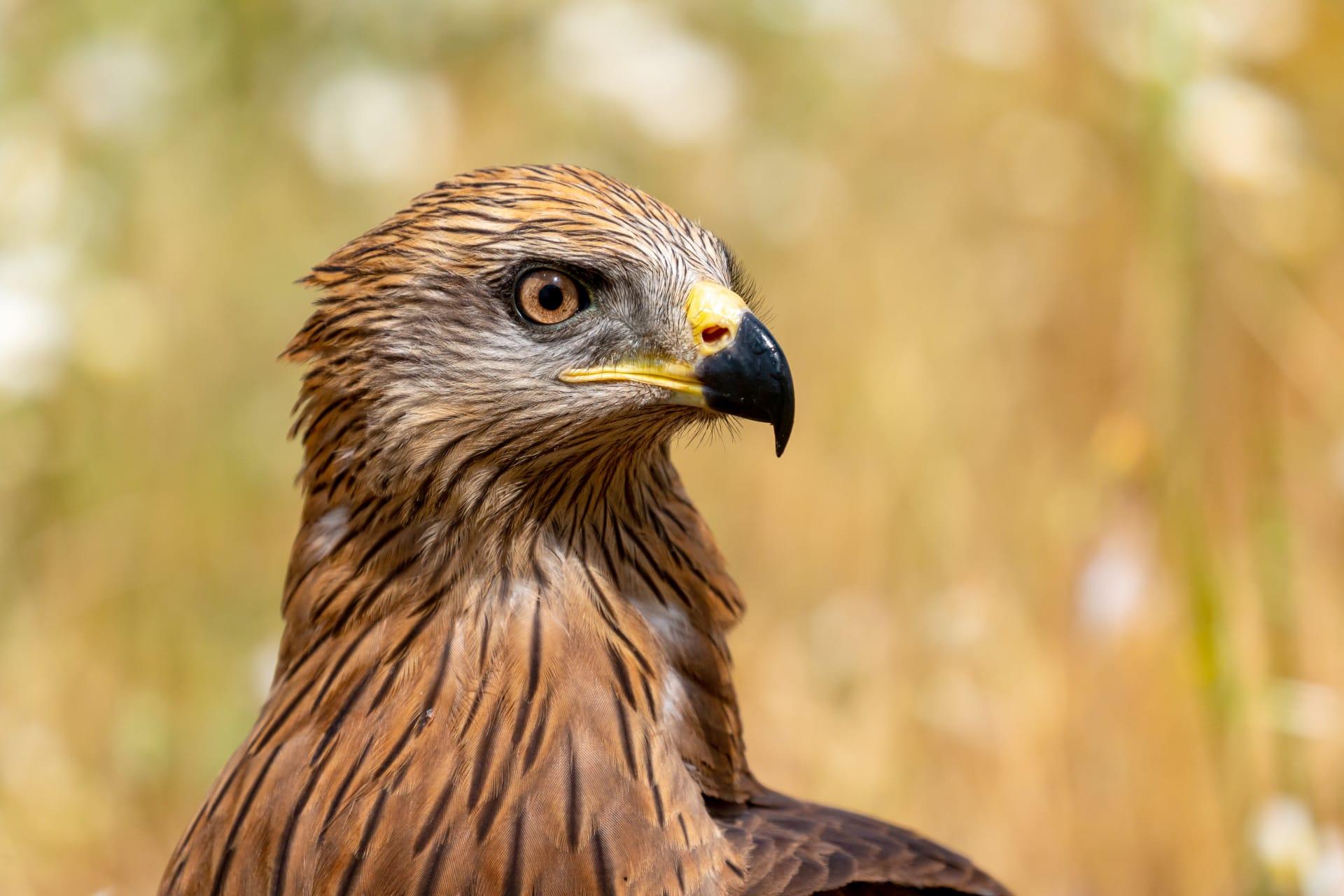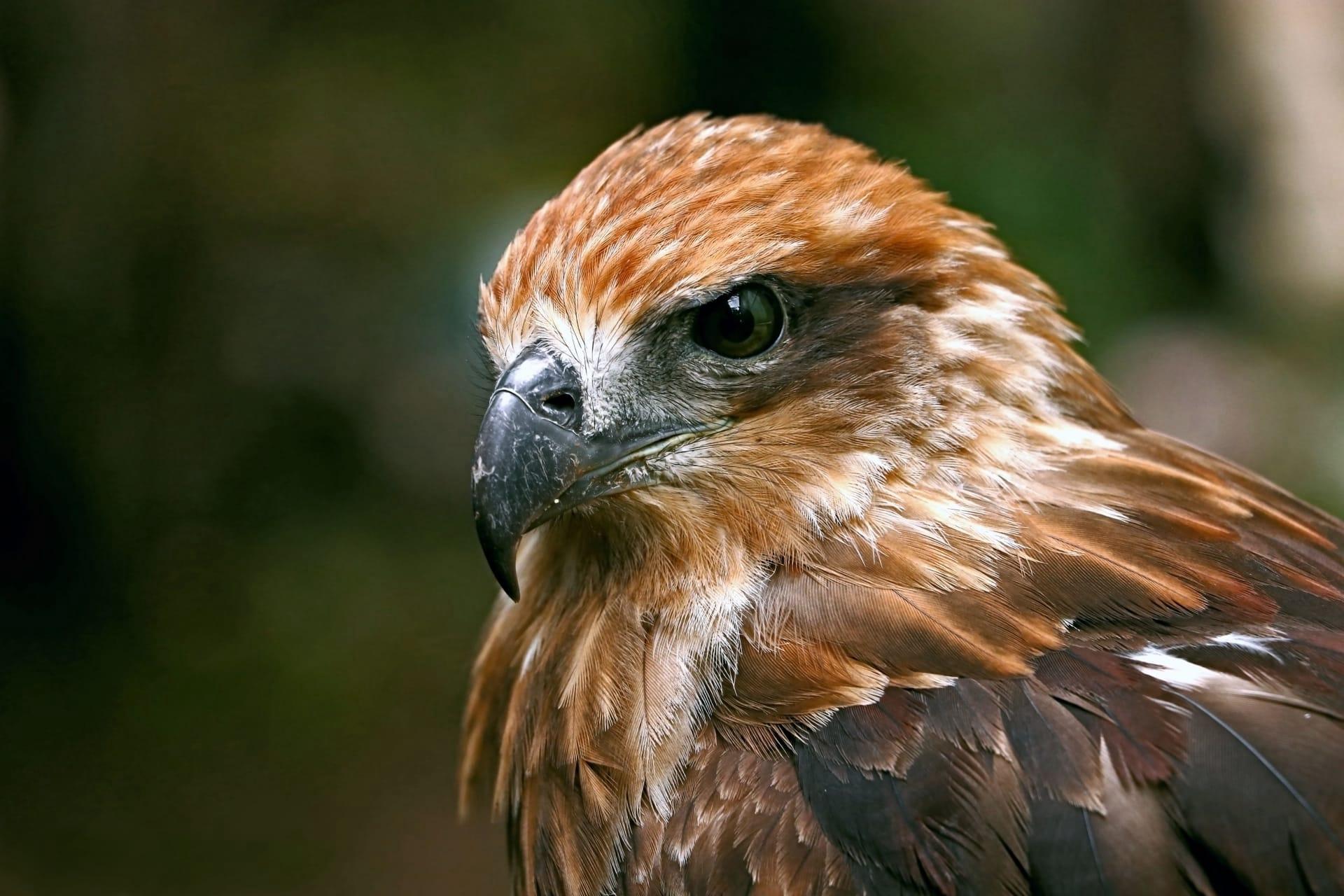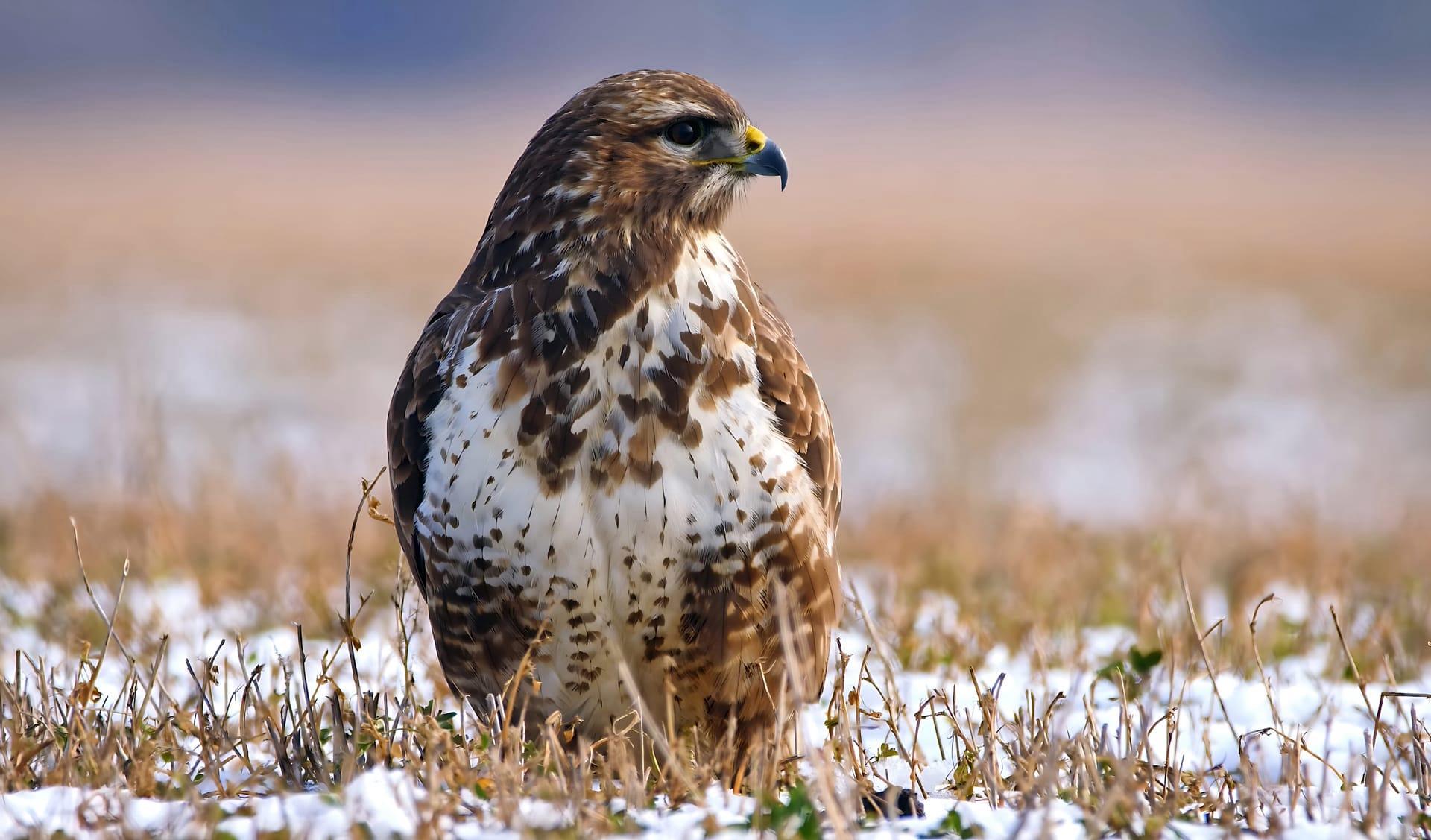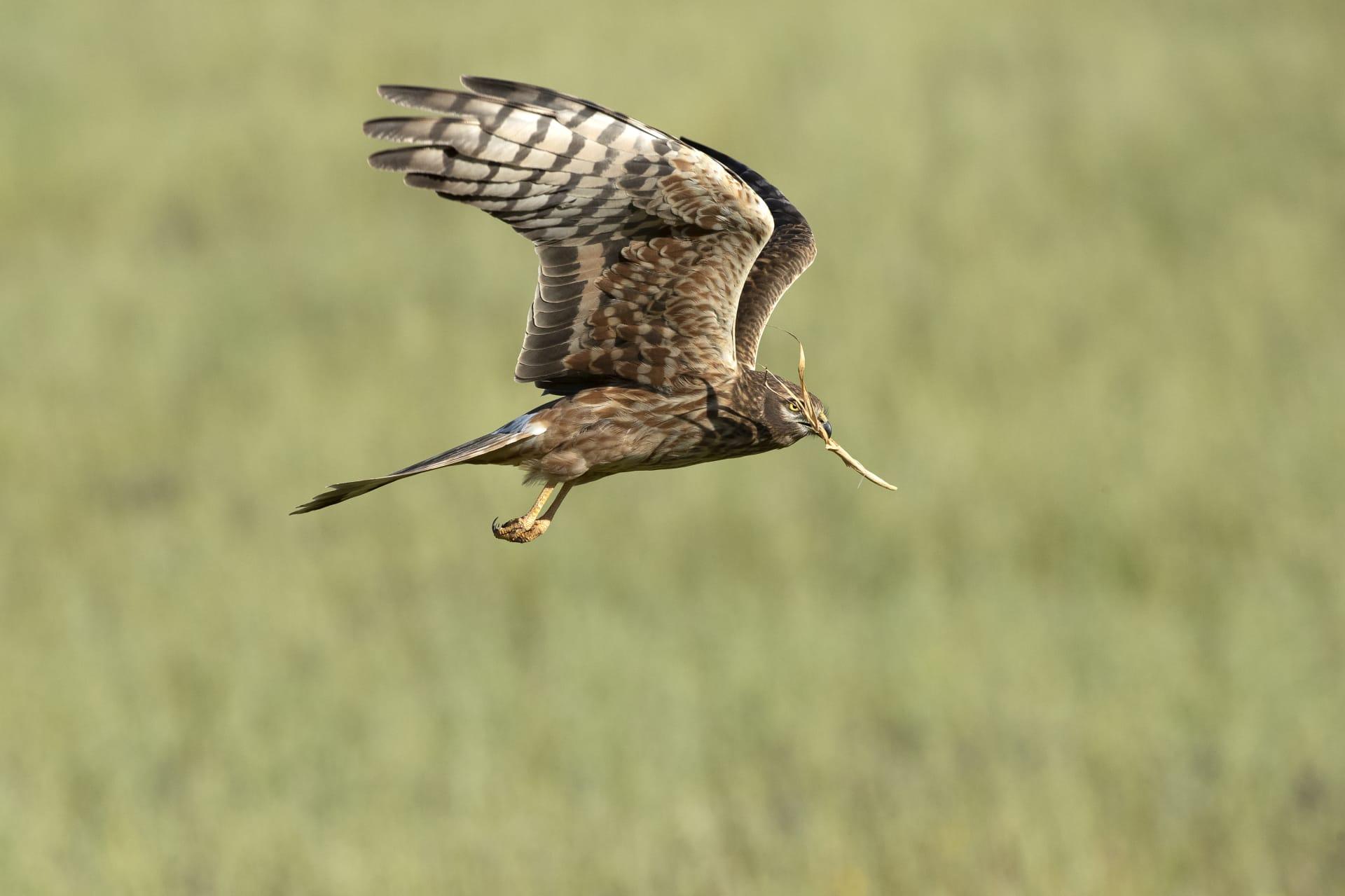Red Tailed Hawk Characteristics
- Home /
- Mini Encyclopedia /
- Animal /
- Red Tailed Hawk Characteristics
1
The Red-tailed Hawk, a formidable bird of prey, flaunts a wingspan reaching up to 56 inches and a length of about 22 inches. These magnificent birds typically weigh between 2 to 4 pounds, with females generally larger than males. Their lifespan in the wild averages around 21 years, although some individuals have been known to live up to 29 years. This longevity, combined with their robust build, makes them a symbol of strength in the avian world.
One of the most remarkable organs of the Red-tailed Hawk is its eyes. These birds possess incredibly sharp vision, estimated to be about 8 times more powerful than that of humans. This extraordinary eyesight enables them to spot prey from great heights. The hawk's eyes have a high concentration of rod and cone cells, allowing for keen perception of detail and color. This visual acuity is essential for their hunting strategy, which involves swooping down from high perches or the sky to capture prey.

2
Question: What distinguishes the Red-tailed Hawk's call and how is it commonly used in media?
Answer: The Red-tailed Hawk is renowned for its distinctive and piercing cry, often described as a hoarse, screeching sound. This call is typically a series of two to three-second shrieks, repeated several times. Interestingly, the call of the Red-tailed Hawk has become a staple in Hollywood, frequently used in movies and television shows to symbolize the wilderness or to accentuate outdoor scenes, even for birds that aren't Red-tailed Hawks. Its iconic call, recognized by many, often serves as a universal sound for any large, soaring bird in media.

3
The Red-tailed Hawk exhibits impressive flight dynamics, characterized by soaring and gliding on thermal updrafts. With their broad wings, they can reach speeds up to 120 miles per hour in a dive, although their average flying speed is around 20 to 40 miles per hour. Their flight pattern is typically a mix of circling high in the air and perching on high vantage points, scanning for prey.
In terms of hunting, the Red-tailed Hawk is a skilled predator. They primarily feed on small mammals like mice, rabbits, and squirrels, but their diet can also include birds, reptiles, and insects. They employ a sit-and-wait tactic, observing from a high perch before swooping down to snatch their prey with sharp talons. Their powerful beak is used to kill the prey instantly, demonstrating their prowess as efficient hunters.

4
Red-tailed Hawks are adaptable birds, thriving in diverse habitats such as deserts, woodlands, grasslands, and even urban areas. They prefer open regions with high perching sites. This adaptability to various environments has played a significant role in their widespread presence across North America.
The breeding habits of Red-tailed Hawks involve monogamous pairs that often mate for life. They build large nests, commonly in tall trees or on cliffs, where they lay 1 to 3 eggs. Both parents share responsibilities in incubating the eggs and caring for the young. The breeding season, marked by aerial displays and screeching calls, is a critical time for establishing territory and strengthening pair bonds.

5
Book: "The Red-tailed Hawk: A Complete Guide" by James R. Smith (USA, 2001) - This comprehensive book delves into the biology, behavior, and ecology of the Red-tailed Hawk. Smith, a renowned ornithologist, combines his research with captivating photographs, offering insights into the hawk's hunting techniques, breeding habits, and conservation status. His engaging writing style makes this book appealing to both bird enthusiasts and casual readers.
Book: "Hawks in Flight: The Flight Identification of North American Migrant Raptors" by David Sibley, Pete Dunne, and Clay Sutton (USA, 1988) - While not exclusively about Red-tailed Hawks, this book is an essential resource for understanding raptor migration and identification, including detailed information on the Red-tailed Hawk. The authors, all experts in birding and ornithology, present a thorough analysis of flight patterns, silhouettes, and behaviors, making it a valuable guide for birdwatchers and researchers alike.